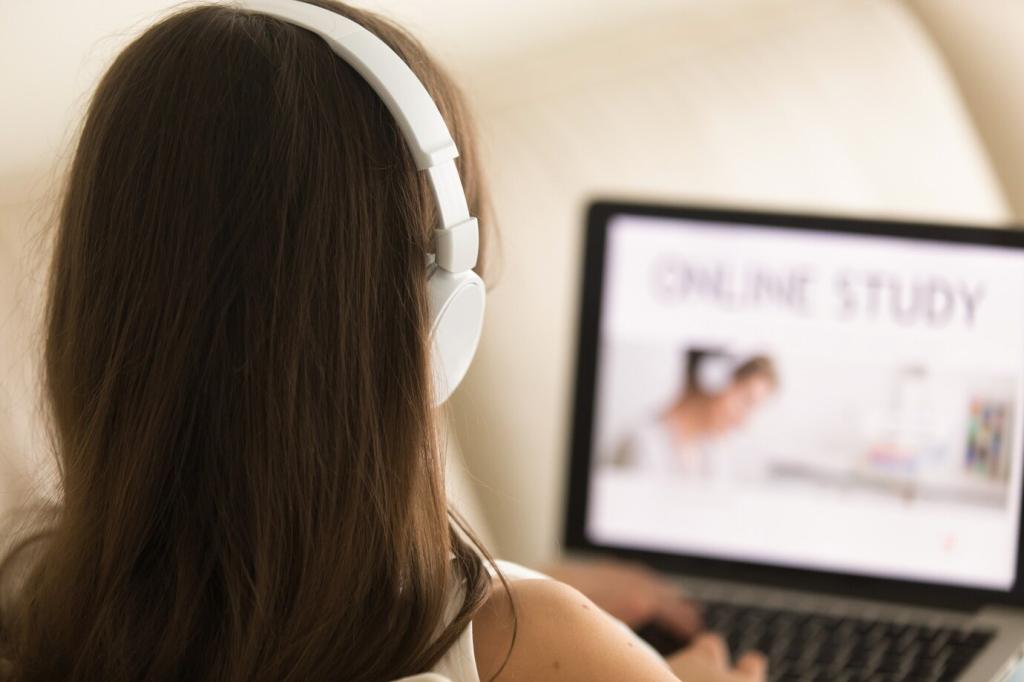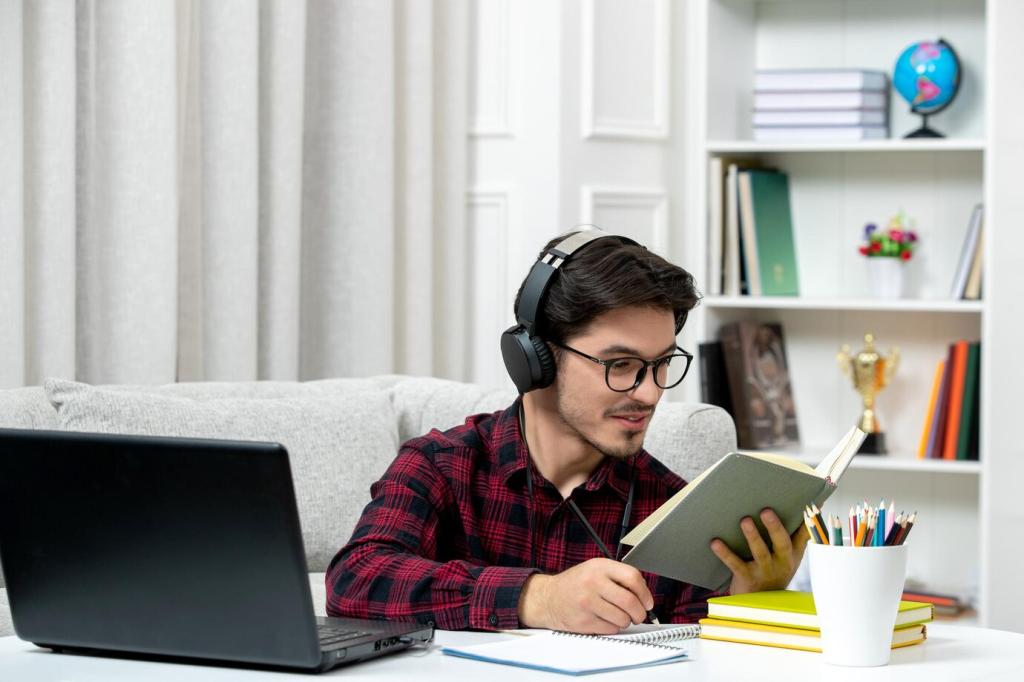
Transforming Special Education with Virtual Reality
Virtual Reality (VR) is rapidly reshaping the landscape of special education by offering immersive, personalized, and interactive learning experiences. Traditional methods often struggle to meet the diverse needs of learners with disabilities, but VR introduces innovative approaches that cater to individual strengths, challenges, and learning styles. This page explores how VR technology creates new pathways for engagement, skill development, inclusion, and support, providing students, educators, and families with tools to unlock each learner’s full potential.
Sensory-Friendly Experiences
Virtual Reality offers customizable sensory environments, which is especially valuable for students with sensory processing challenges. In VR, lights, sounds, and even textures can be tailored to reduce overstimulation or to provide calming influences. In traditional settings, modifying the environment to meet diverse sensory needs can be difficult and disruptive, but VR allows for quick adaptation at the individual level. This results in greater comfort and focus, helping students engage with learning activities in a manner that feels safe and supportive, ultimately fostering higher participation and retention.
Safe Spaces for Social Interaction
For many special education students, anxiety around social interaction is a significant barrier. VR can alleviate these challenges by offering controlled, repeatable, and non-threatening environments to practice social skills. Whether simulating a classroom, a playground, or a public scenario, students can gain confidence and competence at their own pace, with the option to repeat scenarios as often as needed without fear of embarrassment or failure. This gentle exposure supports the development of both verbal and nonverbal communication skills in a supportive context.
Adaptive Learning Paths
One of the greatest advantages of VR in special education is its ability to deliver highly individualized instruction. With adaptive software, VR can adjust the difficulty, pacing, and content based on real-time responses from the student. For example, if a student is struggling with a concept, the VR system can introduce additional scaffolding or alternative approaches. This ensures that every learner receives appropriate challenges and support, maximizing engagement and fostering a sense of achievement as students reach their goals in a way that prioritizes their personal growth.
Previous slide
Next slide

Enhancing Skill Development and Independence
With VR, students can safely and repeatedly practice everyday tasks—such as crossing the street, grocery shopping, or preparing a meal—in a virtual environment that mirrors real life but eliminates any associated risks. This repetition builds muscle memory, confidence, and self-reliance. For families and educators, the ability to simulate these essential activities provides a bridge to independence, allowing skills to be mastered in a structured and supportive manner before being transferred to the outside world.

Promoting Inclusion and Social Integration
Virtual classrooms are designed to bring together diverse learners in a shared digital space where collaboration and teamwork are emphasized. Through VR, students with and without disabilities can work on group projects, solve problems collectively, and interact socially on an equal footing. The technology levels the playing field, often removing physical or logistical barriers that impede participation, thus cultivating a sense of belonging and mutual respect among all participants.

